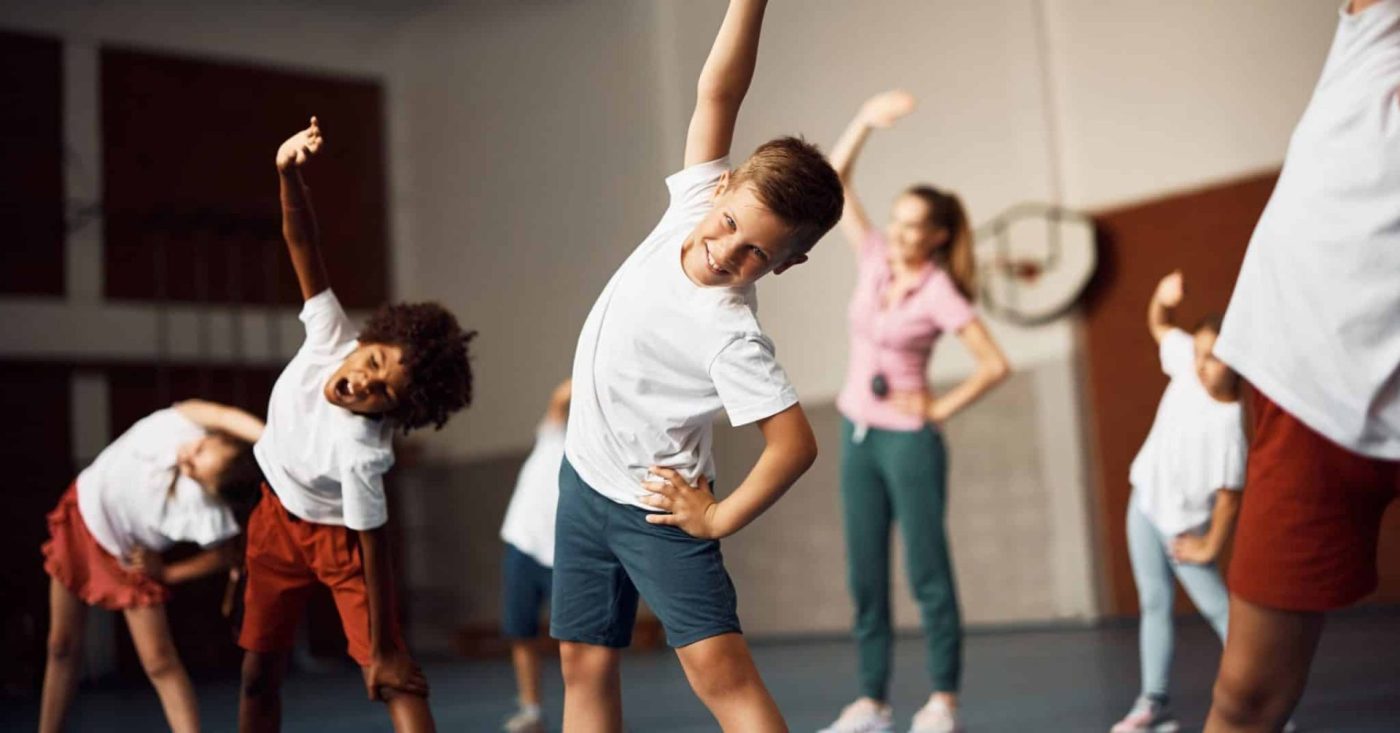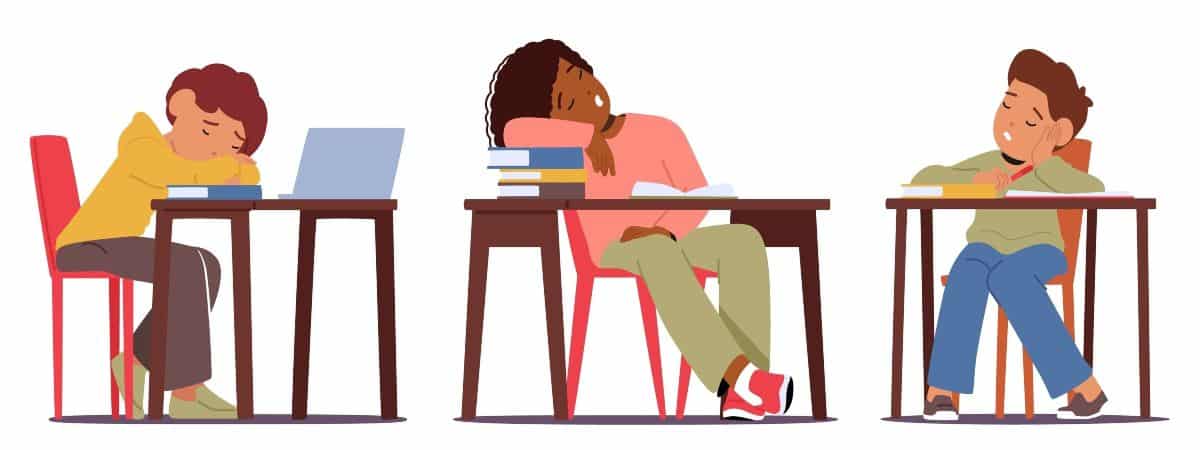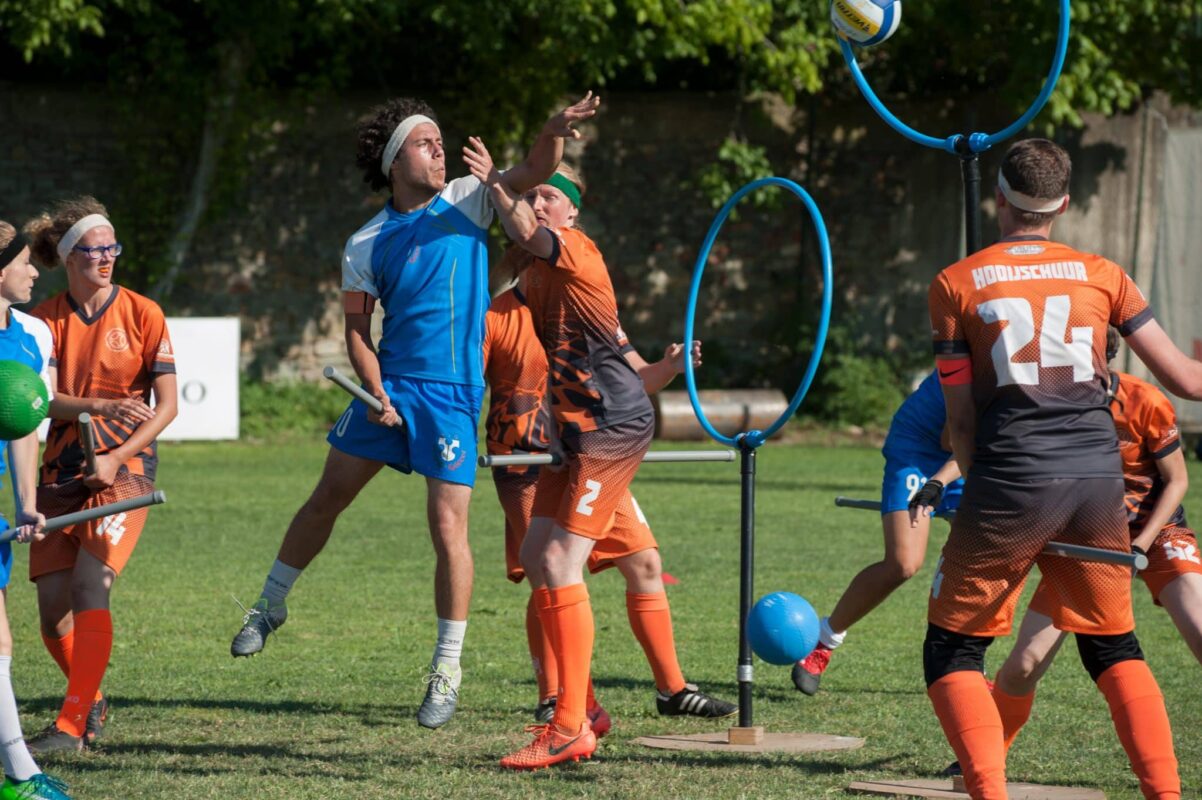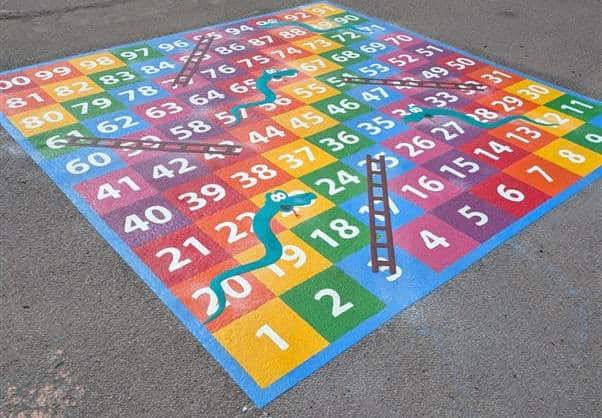Nothing beats the appearance of professionally installed, smart tennis courts to raise your sports facility profile and inspire your athletes.
Gone are the days of plain, harsh surfaces, rickety fencing, and one-size-fits-all – there is a smorgasbord of performance types, colour and maintenance options out there for your attention. Whatever your facility style and user needs, there’s a tennis court to match.
[row v_align=”middle”]
[col span=”4″ span__sm=”12″]
[ux_image id=”17635″]
[/col]
[col span=”8″ span__sm=”12″]
Maybe you fancy an oval-framed court atop a helipad (Dubai – Federer and Agassi)…
[/col]
[/row]
[row v_align=”middle”]
[col span=”8″ span__sm=”12″]
[ux_text text_align=”right”]
…or an ecclesiastical serve with surrounding artwork (San Paolo Converso, Milan)…
[/ux_text]
[/col]
[col span=”4″ span__sm=”12″]
[ux_image id=”17636″]
[/col]
[/row]
[row v_align=”middle”]
[col span=”4″ span__sm=”12″]
[ux_image id=”17648″]
[/col]
[col span=”8″ span__sm=”12″]
…or, if you have an iconic view around your site, perhaps you might go for the infinity-edge glass partition (Sheats-Goldstein Residence, Los Angeles).
[/col]
[/row]
[section label=”Media Top” bg_color=”rgb(193, 193, 193)” bg_overlay=”rgba(255, 255, 255, 0.85)” padding=”0px”]
[row style=”large” h_align=”center” padding=”50px 0px 0px 0px”]
[col span=”11″ span__sm=”12″ align=”center”]
[ux_text text_align=”left”]
Ah! The heady heights of elite tennis installations – but everyone has to start somewhere and the future Federer, Williams, Nadal, Djokovic, Murray, Radacanu, Agassi et al could be warming up at YOUR sports facility right now.
So, let’s look at how you can make the best surface and maintenance choices to suit your facility and the needs of your specific clientele.
Assuming you have your area selected and prepared, planning permission in place, lighting sorted and fencing arranged, the key considerations for enjoyment of the actual game are now surface type and maintenance options.
Simply put, the three core surfaces are grass, hard and clay but there are multiple variations within each category. Each gives a very different game and players inevitably evolve to find their favourite, so you will, again, need to think carefully about what best suits your facility’s athletes. The Andy Murray, Serena Williams, Rafael Nadal types will prefer clay; those inspired by Venus Williams and Roger Federer will move best on grass; whilst the Novak Djokovic-inspired will look to the hard court for their best moves.
Grass is the fastest surface, with a lower and more unpredictable bounce, suitable for players who excel at the serve, volley and net play. Hard courts are the easiest to maintain and play the midway game between the speed of grass and the depth of clay, with a higher but predictable bounce. Clay encourages a slower interaction, with high bounce, and appeals to baseline players who add pzazz through tactical ball spin.
Overall, the grass and clay options are increasingly reserved for the specialist Tennis centres and players. Grass is the most traditional and has the prestige associated with Wimbledon, the only Grand Slam to be played on grass, but maintenance is needed more often throughout the year (and costs are high), plus outdoor grass courts become extra slippery and easily damaged on rainy days. Clay courts – red or green – vary in construction from crushed stone, brick, shale or other unbound aggregate and can be cheaper to install initially but maintenance costs are specialist, regular and high.
The hard court, with all its variations, is the ‘democratic’ choice (recognised by the International Tennis Federation) for most home, commercial and educational provision. In general, they play medium to fast but surface choices can be selected to adjust to your specific requirements and the predictability of the bounce enables all abilities and standard of player to experiment with different court positions, techniques and shots. These surfaces can also meet specifications that can suit other sports, enabling the court to be used to the maximum schedule in busy, multi-activity school environments.
[/ux_text]
[divider align=”center” width=”300px” height=”10px” margin=”50px” color=”rgb(255, 255, 255)”]
[row_inner]
[col_inner span=”8″ span__sm=”12″]
Macadam courts
Have improved significantly over the last few years, making them an excellent choice for durability, frost and heat resistance and with level surfacing that aids drainage. This makes them accessible all year round, relatively low maintenance, and offering consistent bounce and safe foot friction. Varieties of colour and colour contrasts are available and on-site maintenance is manageable through the removal of leaves, occasional pressure washing. Professional re-marking is usually not needed for several years. Thornes Clarence Park, Wakefield is an example of a macadam installation at its best as Sportsafe engineers installed the colour-coated surface, line-marked with six tennis courts to turn a grey and unappealing area into a fresh, inviting, and inspirational year- round Tennis facility.
[ux_slider bullets=”false”]
[ux_banner height=”500px” bg=”17666″]
[text_box style=”circle” width=”16″ scale=”104″ position_x=”5″ position_y=”5″ bg=”rgb(200, 19, 19)” radius=”23″]
before
[/text_box]
[/ux_banner]
[ux_banner height=”496px” bg=”17667″]
[text_box style=”circle” width=”16″ scale=”104″ position_x=”5″ position_y=”5″ bg=”rgb(200, 19, 19)” radius=”23″]
after
[/text_box]
[/ux_banner]
[/ux_slider]
[/col_inner]
[/row_inner]
[divider align=”center” width=”300px” height=”10px” margin=”50px” color=”rgb(255, 255, 255)”]
[ux_text text_align=”left”]
Alternatively, if you are looking for a hardwearing surface that can withstand varieties of weather and be ready to use within half an hour of heavy rainfall, the needlepunch carpet surface, comprising layers of polymer fibres, provides consistent play conditions and low-level maintenance achieved through basic brushing. The sand-dressed versions also offer less compression and compaction, increasing longevity and reducing maintenance demands even further. There is a range of colours to choose from and Sportsafe advisors have noted that there is an increased demand for contrasting colours for the whole court. Playing surface as one colour, non-play area a different colour, and the line markings are bright white is a popular and attractive image choice. Furthermore, the consistency of ball bounce and drainage makes this the perfect surface for coaching, club and educational facilities.
Another option comes in the form of the polymeric rubber, created by a combination of rubber granules and polyurethane with added shock absorption design, water permeability, high-traction top surface and colour choices. Careful consideration of location suitability and the need for a preliminary tarmac surface should be factored into the budget and professional installation is imperative.
Once your beautiful new court is installed at your sports facility, along with any appropriate floodlights and specialist fencing requirements, a well-planned maintenance schedule is key to safety, longevity and trouble-free use. At least one professional annual inspection is recommended with different care plans followed, depending on surface type and usage. For example, requirements may include a deep clean, moss treatment, neutralisation of damaging bacteria and line marking renewal. If you have made the choice to add a quality tennis court or courts to your sports facility repertoire, it is definitely worth building professional maintenance into your budget.
So, although Mitch Hedberg may feel that ‘The depressing thing about Tennis is that no matter how good I get, I’ll never be as good as a wall,’ you can still give your players the best wall-free, court experience!
[/ux_text]
[/col]
[/row]
[/section]





